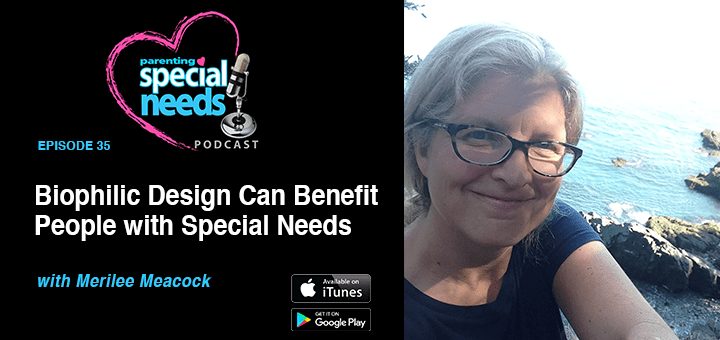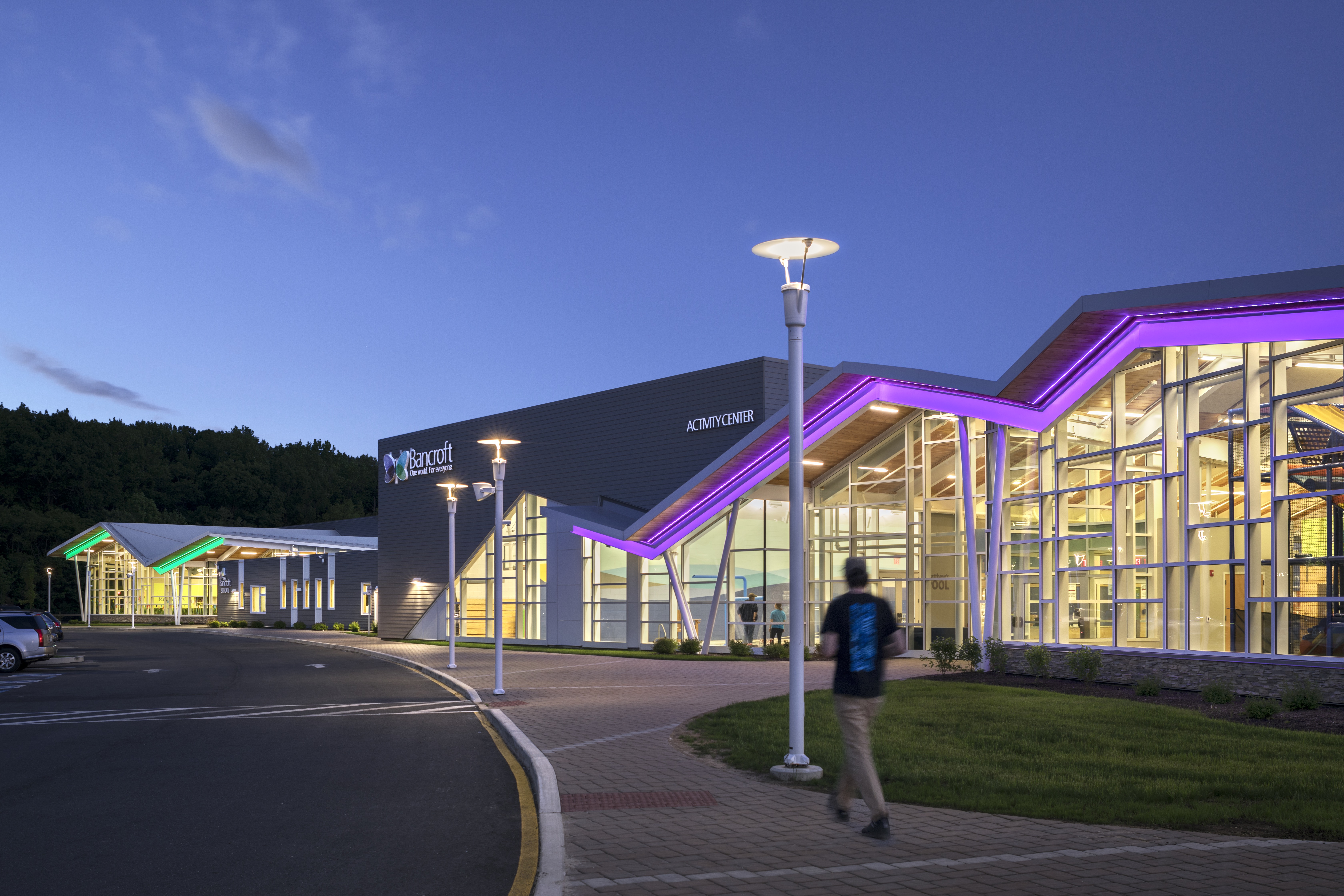Why Biophilic Design Can Benefit People with Special Needs

Episode #35: Biophilic Design: What it is? Why it matters? How it can benefit people with special needs
[Click to Listen to Podcast]
Podcast: Play in new window | Download
Understanding Biophilic design with Architect Merilee Meacock: What it is, Why it Matters, and how it benefits people with special needs.
In today’s podcast, we are talking with an architect, Merilee Meacock, a leader in the educational design community. Merilee will explain how Biophilic Design can benefit people with special needs.
Biophilic Design is used in the building industry to increase occupant connectivity to the natural environment through the use of direct and indirect nature, space, and place conditions. It connects people, plants, and animals through tactile, visual, and passive experiences to foster relaxation, focus, energy, feeling safe, and inspiration.
Takeaways from this podcast:
- How Biophilic Design reconnects people back to nature.
- How Biophilic Design gives people a sense of inner calm and focus.
- Why Biophilic Design is used in combination with other design strategies – and how.
- Examples of Biophilic Design in projects, including school campuses and outdoor spaces.
- How to incorporate simple and inexpensive strategies into your home or classroom.
- What are some examples of Biophilic Design in everyday life and how it can help?
Actionable Advice:
Being able to look out a window or being on a balcony, kind of looking out over nature – there’s a real benefit to that in a feeling of confidence and security. There’s a human desire to be inspired and learn new things and gain confidence and momentum.
Check out other strategies that you can incorporate right now in this podcast.
Links or articles mentioned in this podcast:
The Bancroft School’s Mount Laurel, NJ Campus
https://www.parentingspecialneeds.org/article/eight-key-design-issues-special-needs/
You May Also Like
- Eight Key Design Issues for Special Needs Environmental Design
- What Is the Purpose of Least Restrictive Environment?
- Autism is my Interior Designer
- DIY Sensory Rooms on a Budget!
- Sensory Spaces for You, Me, and SPD
- How to Create a Calming Closet: How we did it!
- Enriching Your Child’s Sensory Environment Within Their Typical Routine
- Pittsburgh Int’l Airport Unveils the Largest, Most Comprehensive Airport Sensory Space in the World
- ADVICE NEEDED! Environmental Sensory Issues And How You Can Help Better Them
- Inclusive Bathrooms: Let’s Start Talking About It
- Cool Sensory Tools for School
- Do It Yourself Calming Bottle




